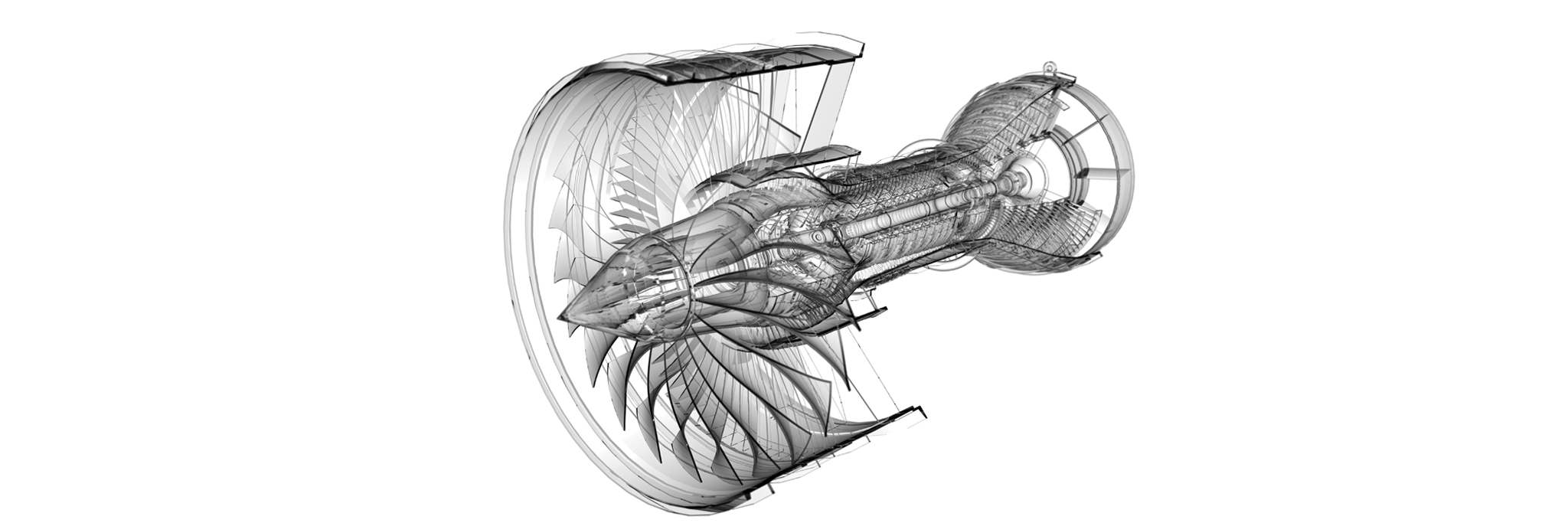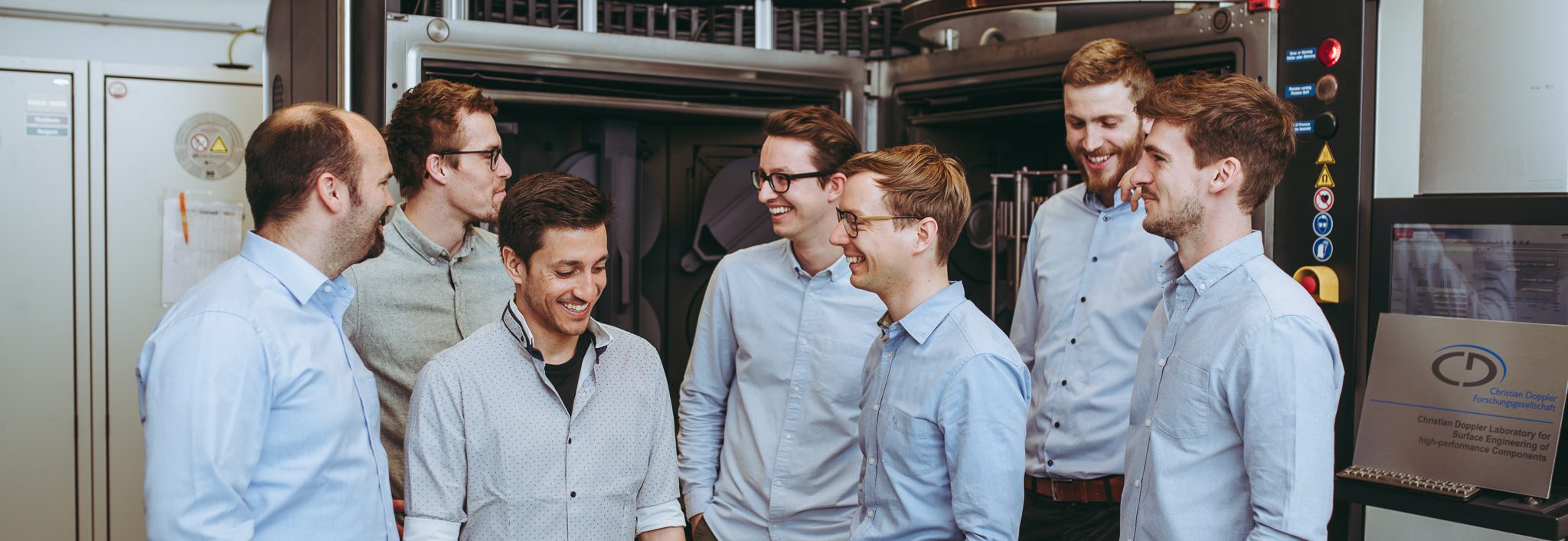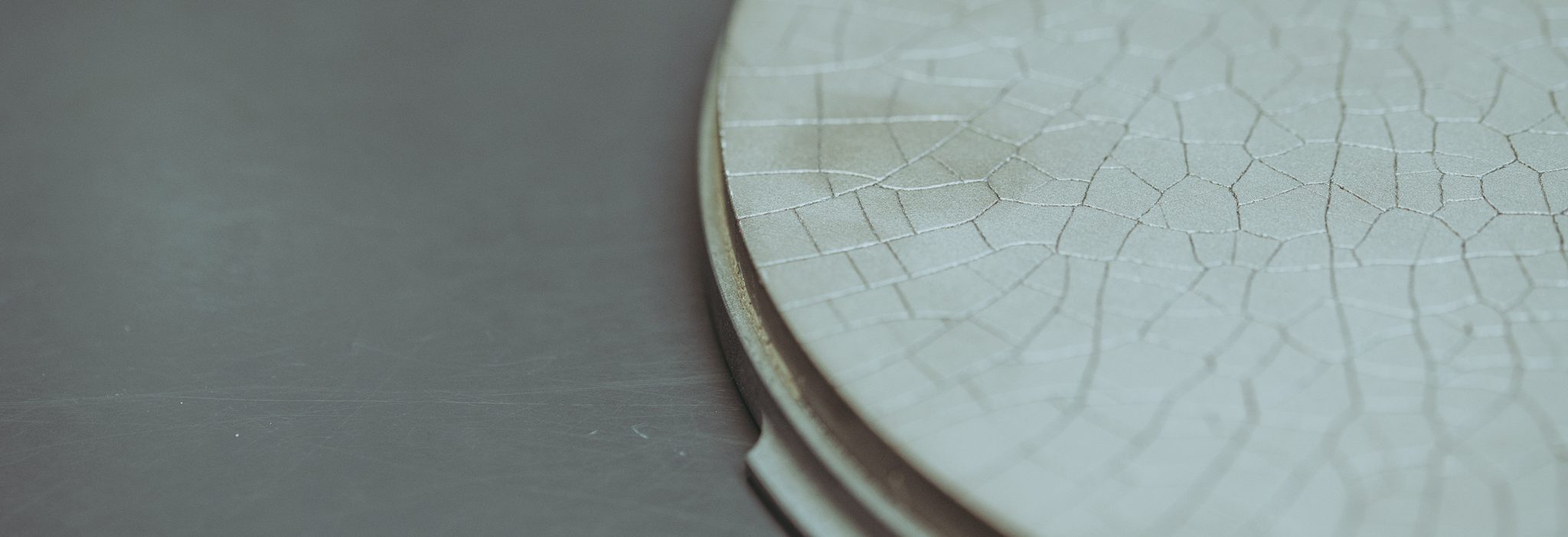Publications
The Si-based alloying of transition metal diborides is a promising strategy to improve their limited oxidation resistance in high-temperature environments. In this study, we investigate the oxidation resistance of ternary and quaternary Cr-(Mo)-Si-B2-z coatings sputter-deposited from alloyed CrB2/TMSi2 targets (TM = Cr or Mo). The as-deposited Cr-(Mo)-Si-B2-z coatings are stabilized in the single-phased hexagonal AlB2-structure, except the high-Si containing Cr0.26Mo0.11Si0.24B0.39 presenting amorphous character. The Mo-containing Cr-Mo-Si-B2-z films exhibit relatively high hardness compared to their ternary Cr-Si-B2-z counterparts, obtaining up to 26 GPa due to the formation of (Cr,Mo)B2 solid solutions. The Si-alloying in ternary and quaternary coatings provides oxidation resistance up to 1200 °C, owing to the formation of highly protective double-layered scales consisting of SiO2 with a Cr2O3 layer on top, inhibiting oxygen inward diffusion. The quaternary Cr0.31Mo0.07Si0.15B0.47 coating is distinguished by superior oxidation resistance with lower porosity and void formation compared to the ternary Cr0.37Si0.16B0.47. Mo proved to be the key element for the higher stability and enhanced oxidation resistance due to the evolution of the MoSi2 phase at ~600 °C. This phase formation controls the Si diffusion and mobility within the microstructure, thus reducing the porosity and governing the Si supply to form SiO2 scale. The quaternary Cr0.31Mo0.07Si0.15B0.47 coating maintained an oxidation resistance up to 30 h at 1200 °C by forming a 2.5 μm dense amorphous Si-based oxide scale with a thin Cr2O3 on top.
Authors
A. Bahr, T. Glechner, A. Grimmer, T. Wojcik, R. Hahn, P. Kutrowatz, M. Podsednik, A. Limbeck, M. Heller, J. Ramm, O. Hunold, S. Kolozsvári, P. Polcik, E. Ntemou, D. Primetzhofer, P. Felfer, H. Riedl
Journal
Surface and Coatings Technology






